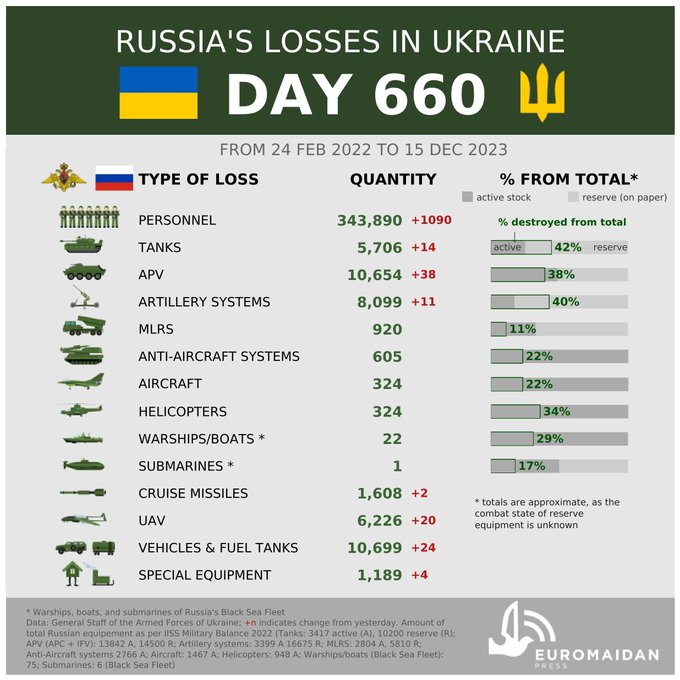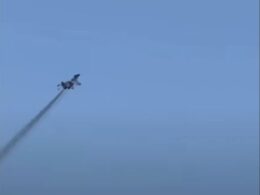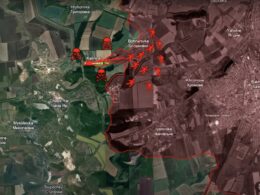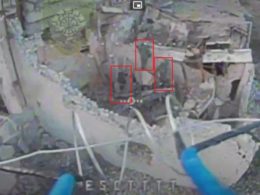Day 659: Dec 14
Today, I will analyze the Russian strategic situation, while in a future video, I will focus on the Ukrainian one.

Since the third consecutive wave of the Russian offensive operation in Avdiivka brought little to no results, Russian forces started slowly deprioritizing this direction and shifting their focus to other regions, such as the Kupiansk, Lyman, and Bakhmut directions.


The US intelligence recently released an assessment of the Russian offensive operation in Avdiivka and concluded that the main objective was to weaken Western support for Ukraine. The Institute for the Study of War also added that the attempt to take Avdiivka into a pocket was opportunistic in nature – the Russian Command was never confident about succeeding in this venture, which is why the Russian General Staff continuously called it active defense.
According to the US National Security Council, in this opportunistic attack, Russian forces have suffered more than 13,000 casualties and lost 220 combat vehicles while failing to achieve any operationally significant battlefield gains.

When it became clear that the third wave of the offensive would not result in operational success, Russians sharply increased the intensity of attacks in other regions, and Russian sources started claiming that the Avdiivka offensive was just a decoy.
Many Ukrainian and Western analysts concluded that the new pursuit of simultaneous 4 offensive operations is an attempt to regain the theater-level initiative. The analysts identified two main goals of this strategy.
First of all, according to the US National Security Council, by maintaining the initiative throughout the winter, Russians want to discourage the West from supporting Ukraine.

Secondly, seizing and retaining the initiative is important for political reasons. Last year, for example, after Ukrainians conducted 2 successful counteroffensives, Putin canceled his annual forum because he did not want to answer uncomfortable questions. This year, however, canceling it was not an option because of the Russian presidential elections in March 2024, so it was important to ensure that Russian forces are not passive, despite the fact that the current weather conditions are horrible for offense and lead to disproportionately high losses.
Russian sources claimed that constant heavy rains and snowfalls led to reduced shelling and that strong winds and rain interfered with Russian drone operations. Both Russian and Ukrainian analysts stated that rain and mud impede the speed of ground maneuver advances, that fog and rain complicate both Russian and Ukrainian aerial reconnaissance efforts and lead to reduced numbers of attacks, that the weather conditions limit the use of aviation even more, that mud makes many roads impassable, complicating logistics, and that the falling leaves complicate efforts to hide equipment and personnel.
Under such conditions, minimizing losses is impossible, and as we saw in Avdiivka, most Russian assault units get decimated, barely reaching the contact line.
Such costly Russian operations recently prompted the Russian military command to rush newly created and understrength formations to Ukraine to maintain the offensive posture, especially along the eastern front. Ukrainian officials reported that the Russian force grouping along the eastern front has roughly not changed since summer, suggesting that the strength of that grouping is not increasing despite the massive commitment of new personnel to the area.
The Institute for the Study of War concluded that high Russian casualties would likely prevent Russian forces from fully replenishing and reconstituting existing units in Ukraine and forming new operational and strategic reserves. And the problem becomes even more acute when taking into account that the average quality of military personnel has decreased. According to the recently released US intelligence report, Russian forces have lost 315 thousand out of the 360 thousand personnel, which is 87 percent of the total number of their pre-war active-duty ground troops – and these were the best troops that Russians were training for 8 years prior to the invasion.

The Russian leadership has undertaken extensive force generation measures and has very likely offset the Russian losses reported by US intelligence, although new Russian personnel from the partial mobilization and aggressive mobilization of tens of thousands of prisoners likely have lower combat capabilities than those they replaced.
In our daily frontline report, we pair up with the military blogger Reporting from Ukraine to keep you informed about what is happening on the battlefield in the Russo-Ukrainian war.





